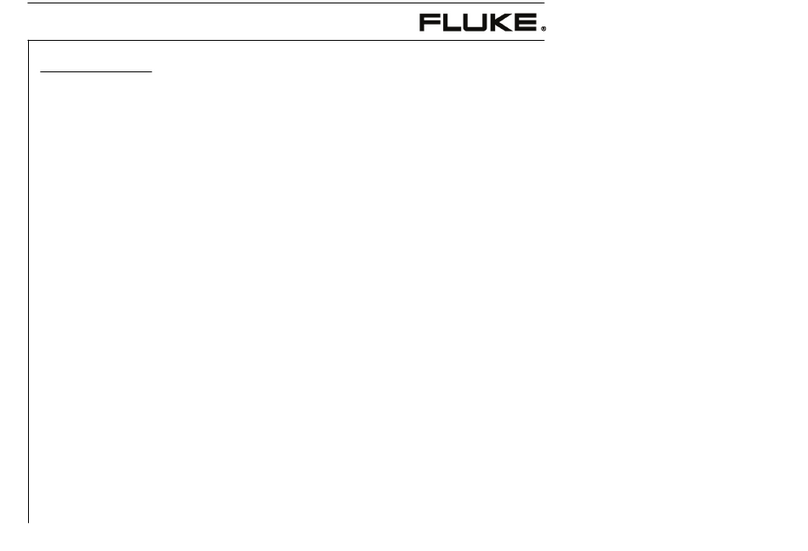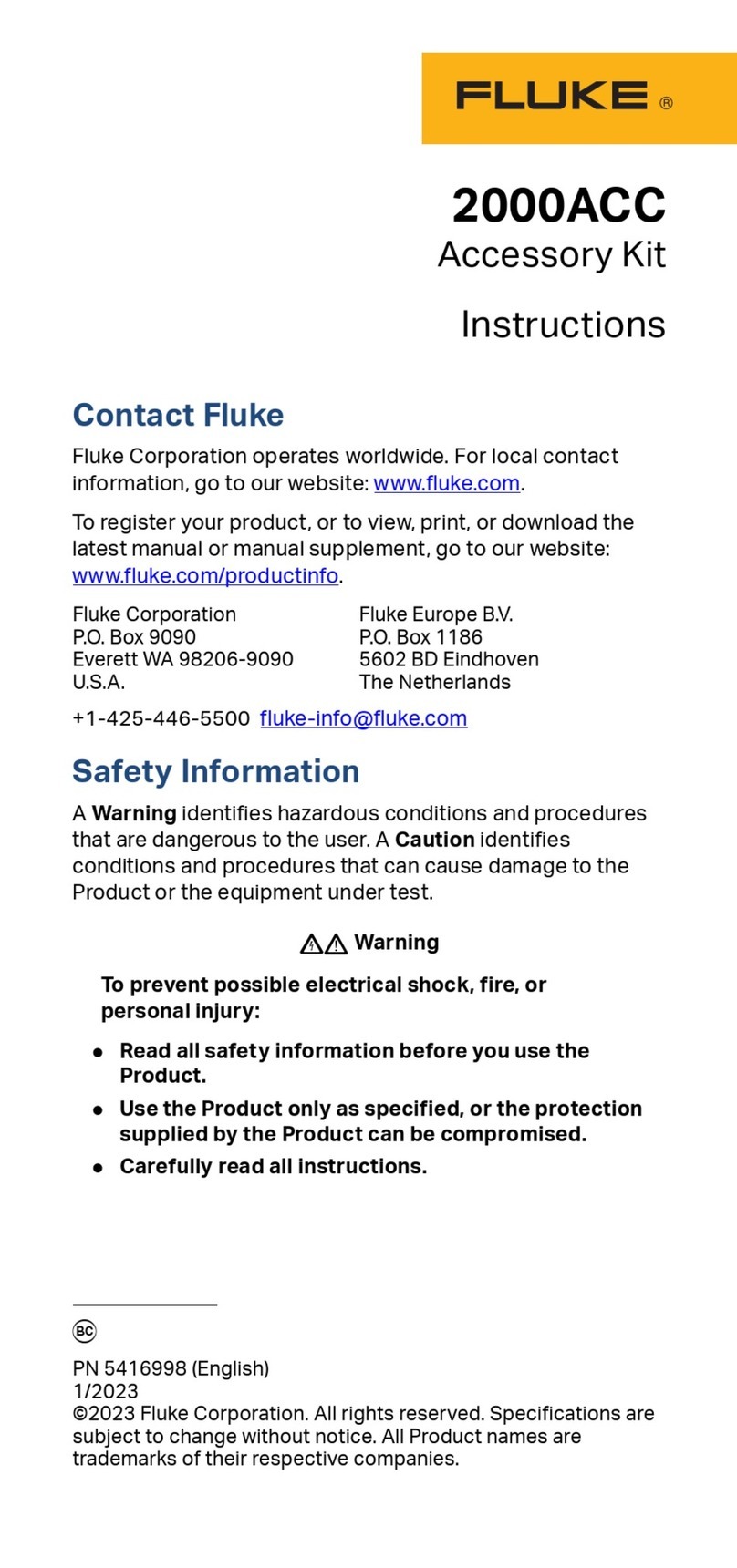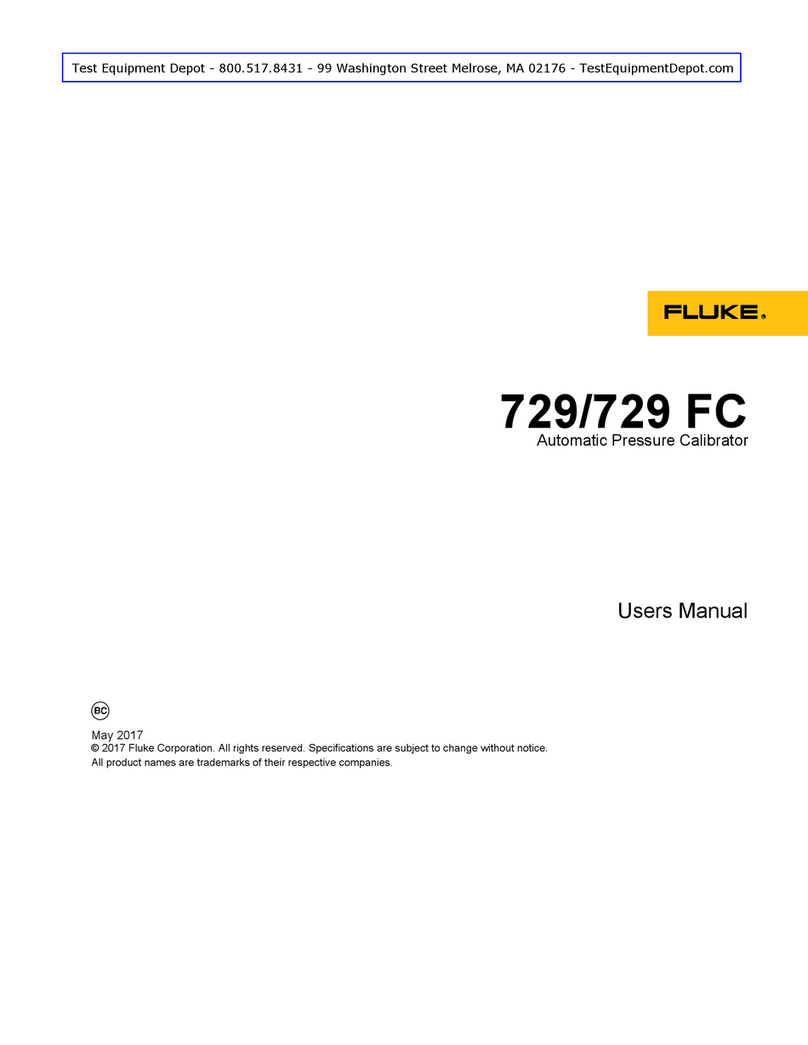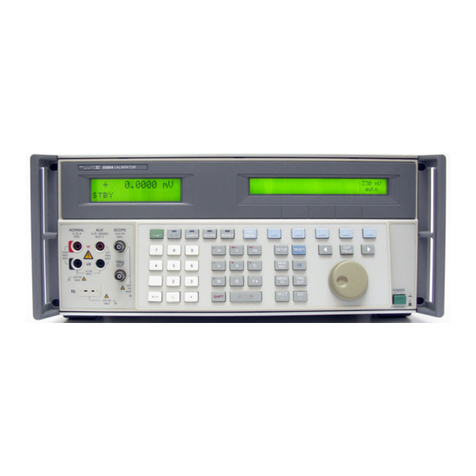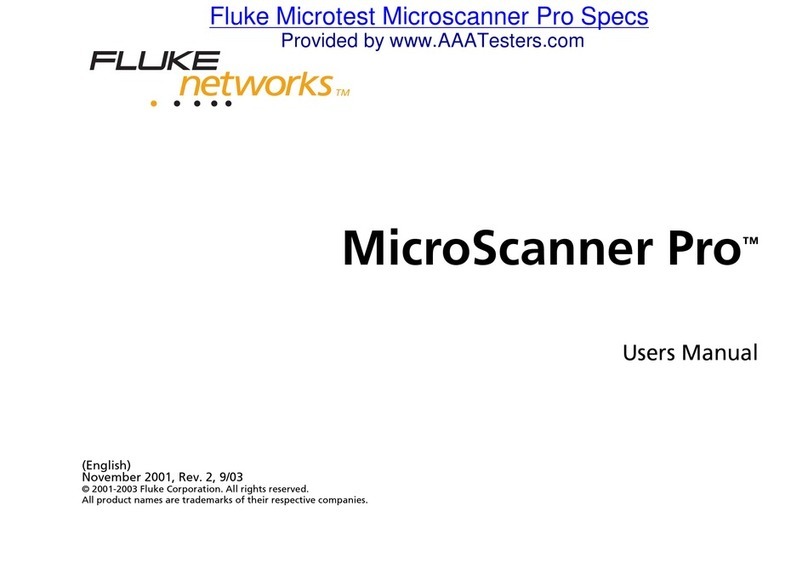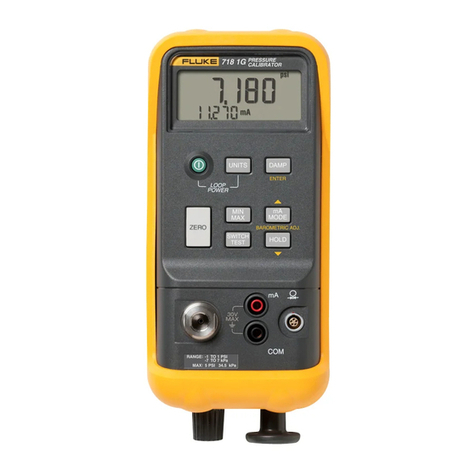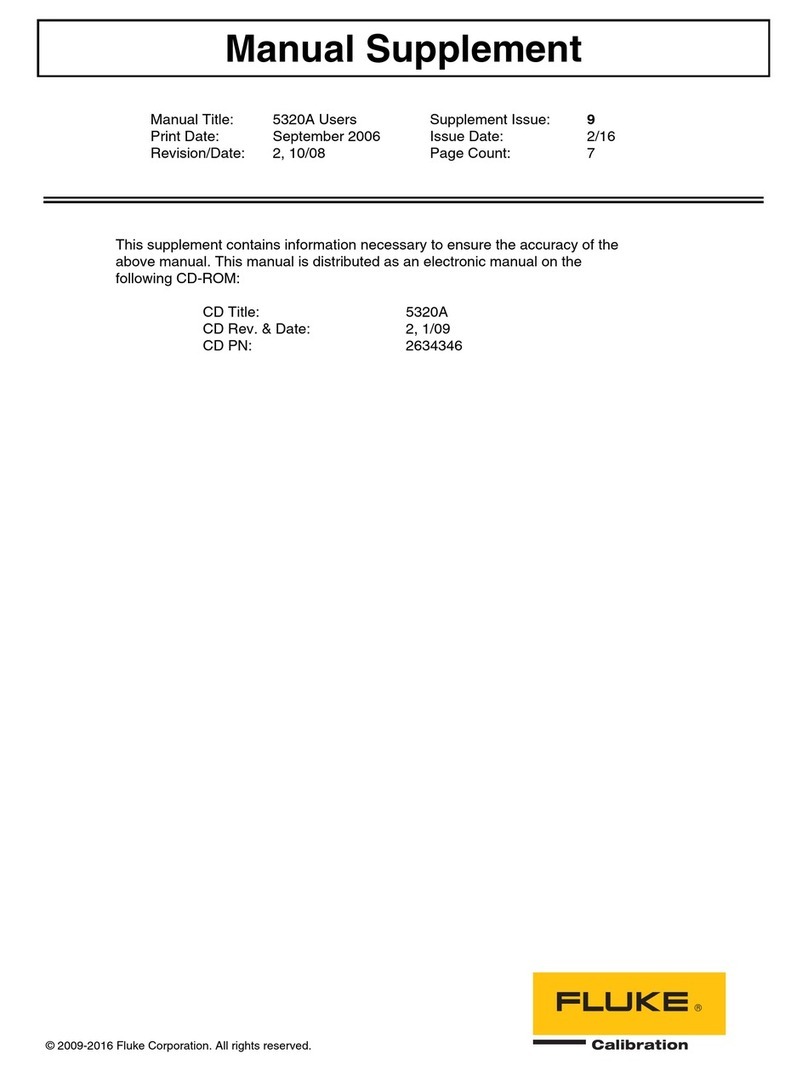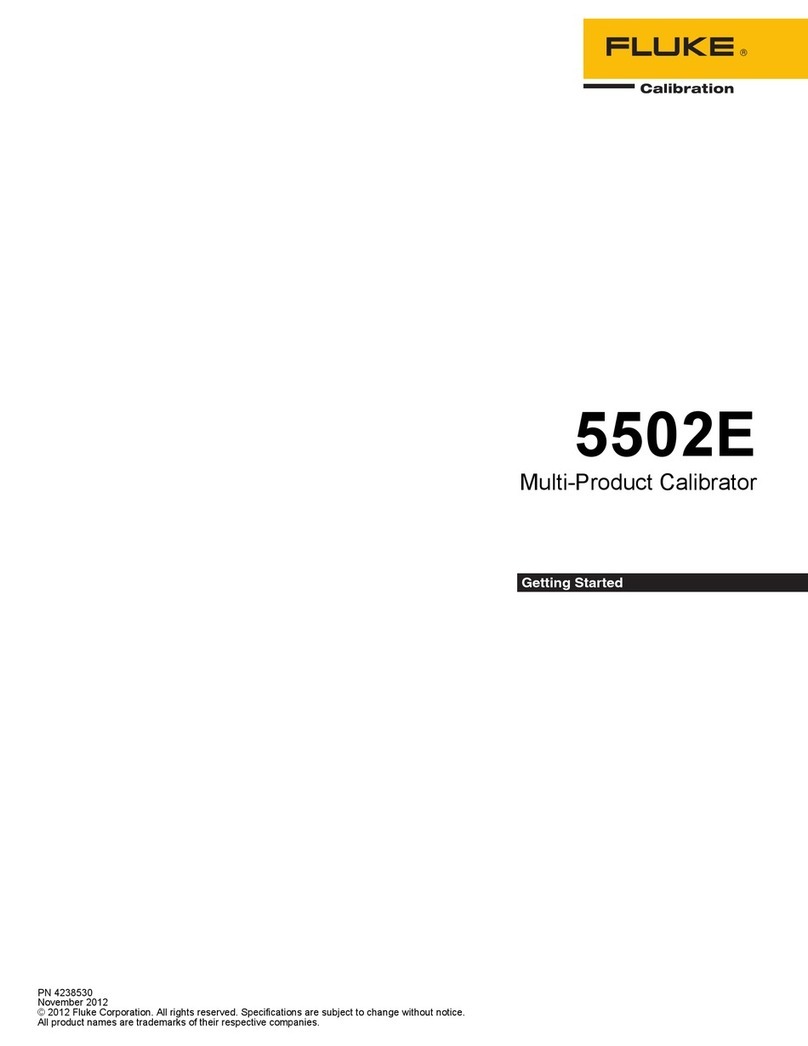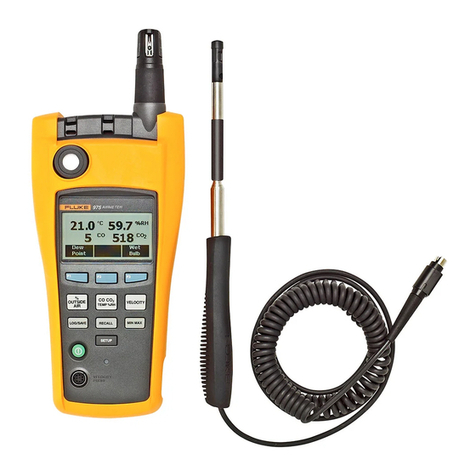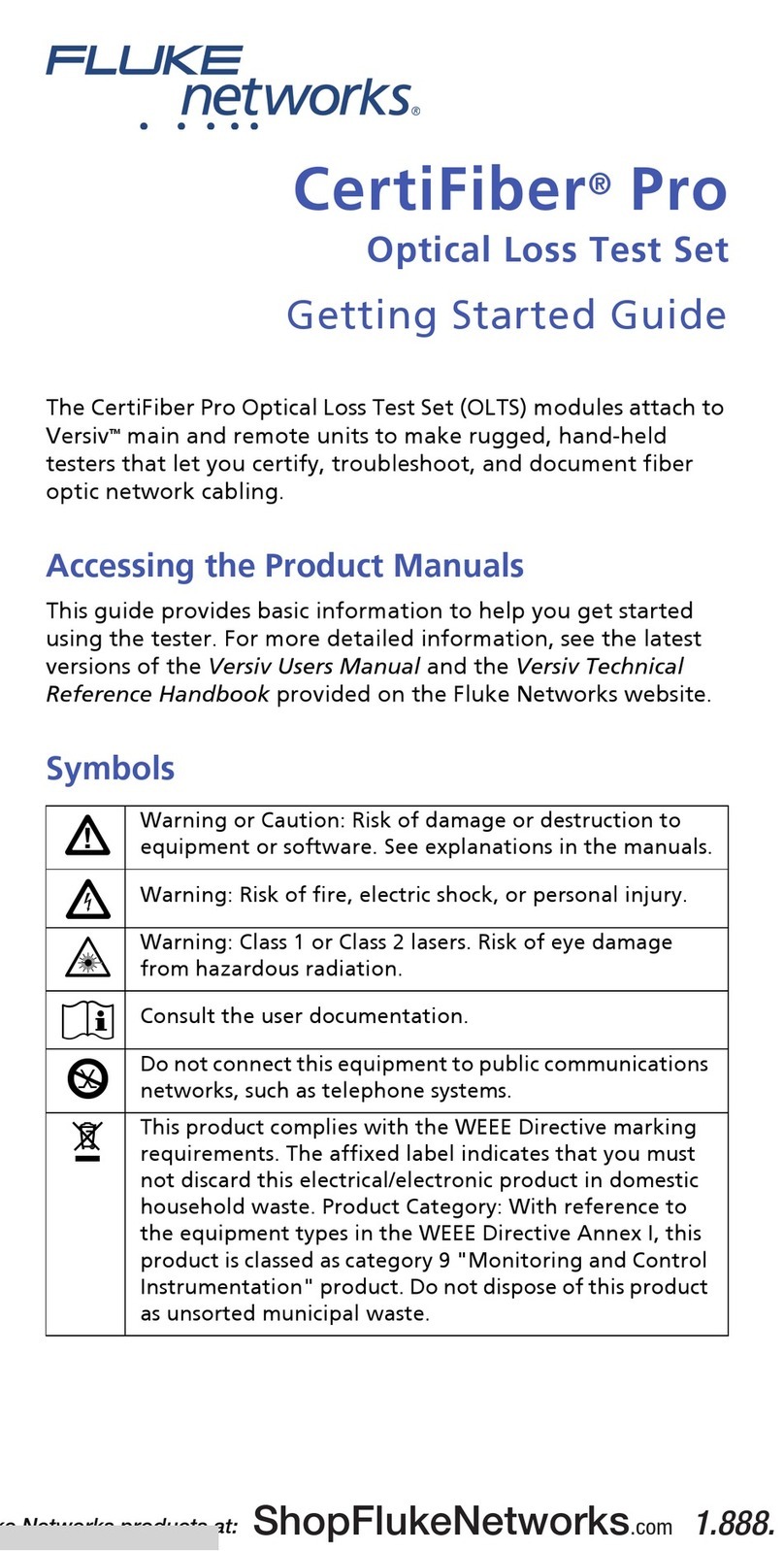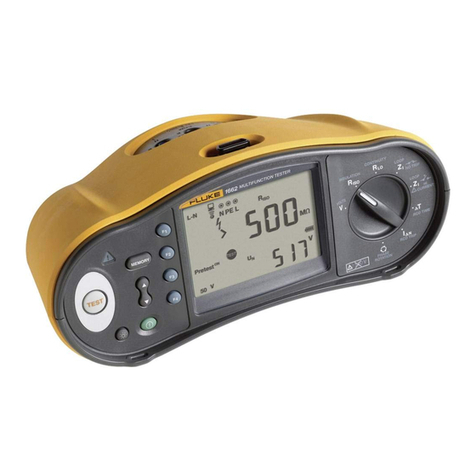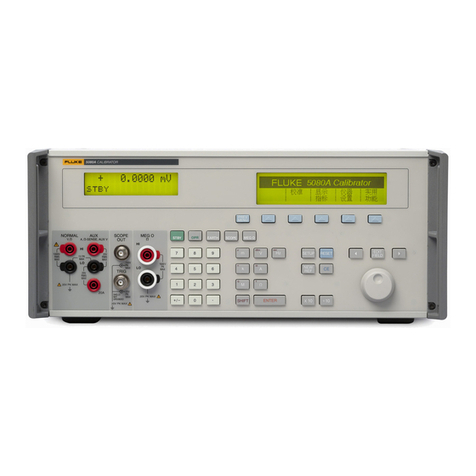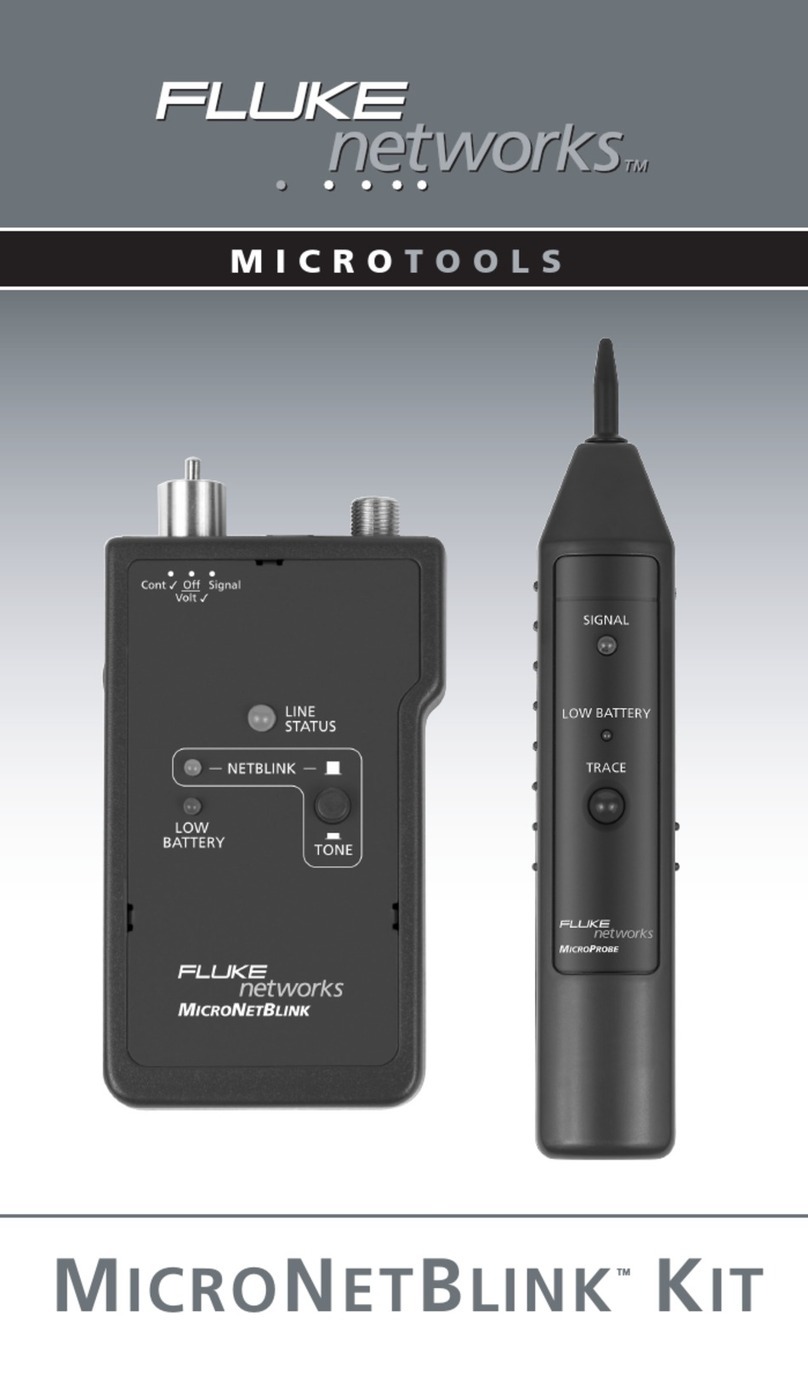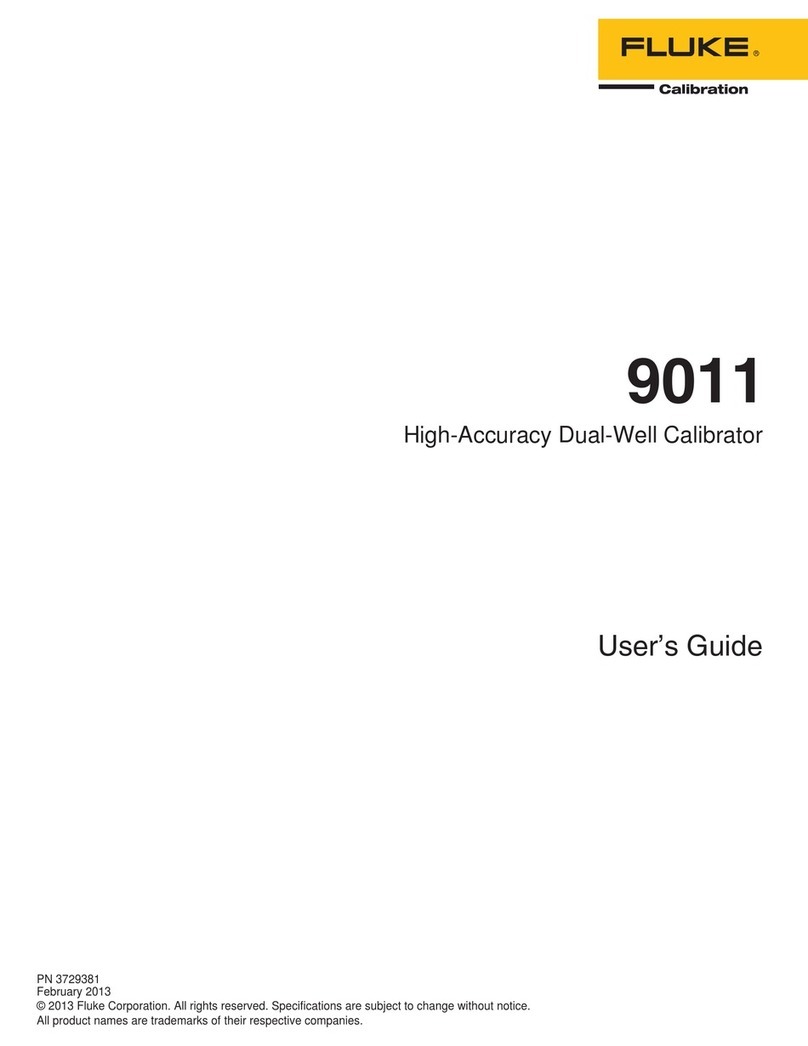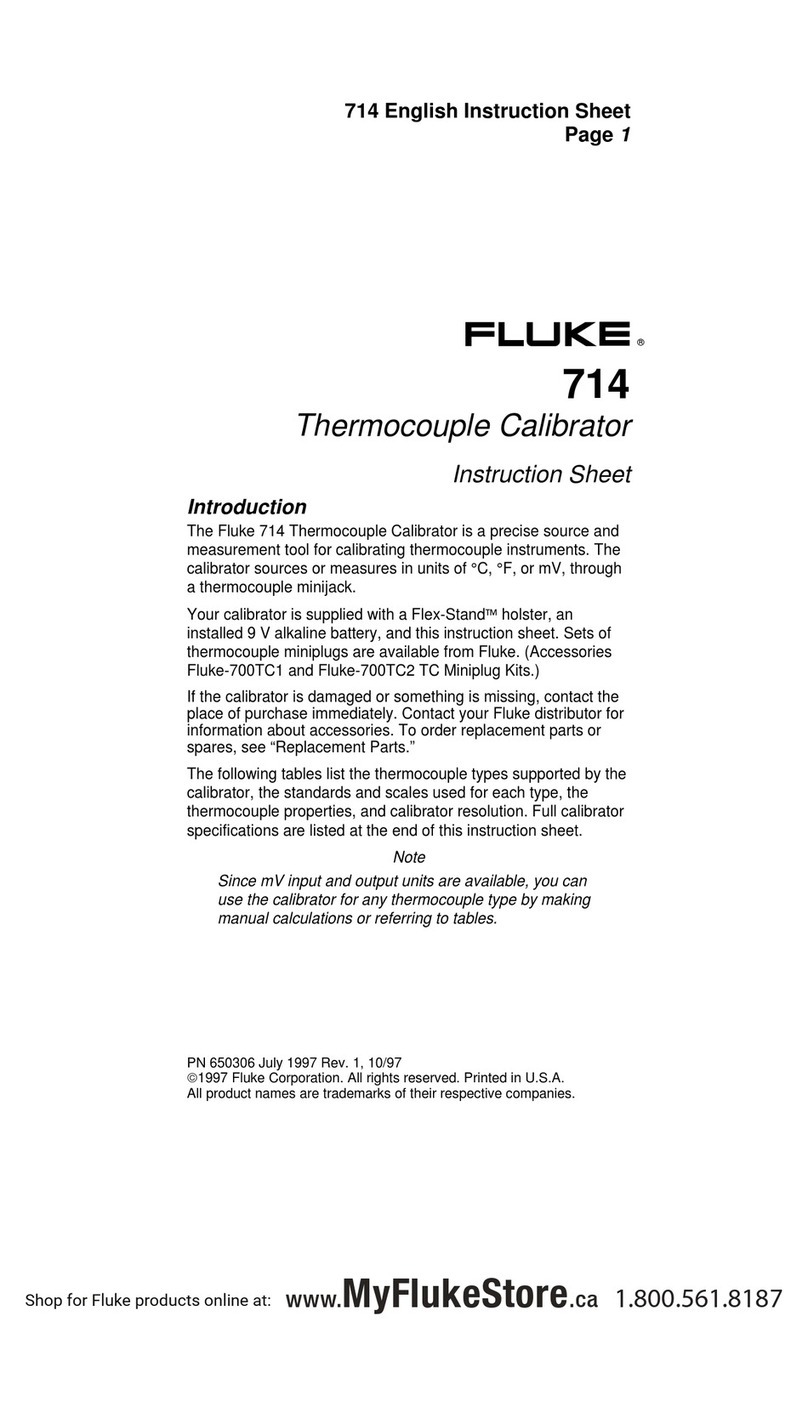
5520A
Operators Manual
iv
5-16. Changing between Remote and Local Operation................................. 5-22
5-17. Local State........................................................................................ 5-22
5-18. Local with Lockout State ................................................................. 5-22
5-19. Remote State..................................................................................... 5-22
5-20. Remote with Lockout State.............................................................. 5-22
5-21. RS-232 Interface Overview .................................................................. 5-23
5-22. IEEE-488 Interface Overview............................................................... 5-24
5-23. Using Commands.................................................................................. 5-26
5-24. Types of Commands......................................................................... 5-26
5-25. Device-Dependent Commands..................................................... 5-26
5-26. Common Commands.................................................................... 5-27
5-27. Query Commands......................................................................... 5-27
5-28. Interface Messages (IEEE-488) ................................................... 5-27
5-29. Compound Commands................................................................. 5-29
5-30. Coupled Commands..................................................................... 5-29
5-31. Overlapped Commands................................................................ 5-30
5-32. Sequential Commands.................................................................. 5-30
5-33. Commands that Require the Calibration Switch.......................... 5-31
5-34. Commands for RS-232 Only........................................................ 5-31
5-35. Commands for IEEE-488 Only.................................................... 5-32
5-36. Command Syntax ............................................................................. 5-33
5-37. Parameter Syntax Rules ............................................................... 5-33
5-38. Extra Space or Tab Characters..................................................... 5-34
5-39. Terminators.................................................................................. 5-35
5-40. Incoming Character Processing.................................................... 5-35
5-41. Response Message Syntax........................................................... 5-36
5-42. Checking 5520A Status ........................................................................ 5-37
5-43. Serial Poll Status Byte (STB)........................................................... 5-37
5-44. Service Request (SRQ) Line........................................................ 5-39
5-45. Service Request Enable Register (SRE) ...................................... 5-39
5-46. Programming the STB and SRE................................................... 5-40
5-47. Event Status Register (ESR)............................................................. 5-40
5-48. Event Status Enable (ESE) Register ............................................ 5-40
5-49. Bit Assignments for the ESR and ESE ........................................ 5-40
5-50. Programming the ESR and ESE................................................... 5-41
5-51. Instrument Status Register (ISR)...................................................... 5-42
5-52. Instrument Status Change Registers............................................. 5-42
5-53. Instrument Status Change Enable Registers ................................ 5-42
5-54. Bit Assignments for the ISR, ISCR, and ISCE............................ 5-42
5-55. Programming the ISR, ISCR, and ISCE....................................... 5-44
5-56. Output Queue ................................................................................... 5-44
5-57. Error Queue...................................................................................... 5-45
5-58. Remote Program Examples................................................................... 5-45
5-59. Guidelines for Programming the Calibrator..................................... 5-45
5-60. Writing an SRQ and Error Handler.................................................. 5-46
5-61. Verifying a Meter on the IEEE-488 Bus.......................................... 5-47
5-62. Verifying a Meter on the RS-232 UUT Serial Port.......................... 5-47
5-63. Using *OPC?, *OPC, and *WAI...................................................... 5-47
5-64. Taking a Thermocouple Measurement............................................. 5-48
5-65. Taking a Pressure Measurement....................................................... 5-48
5-66. Using the RS-232 UUT Port to Control an Instrument.................... 5-49
5-67. Input Buffer Operation..................................................................... 5-49
